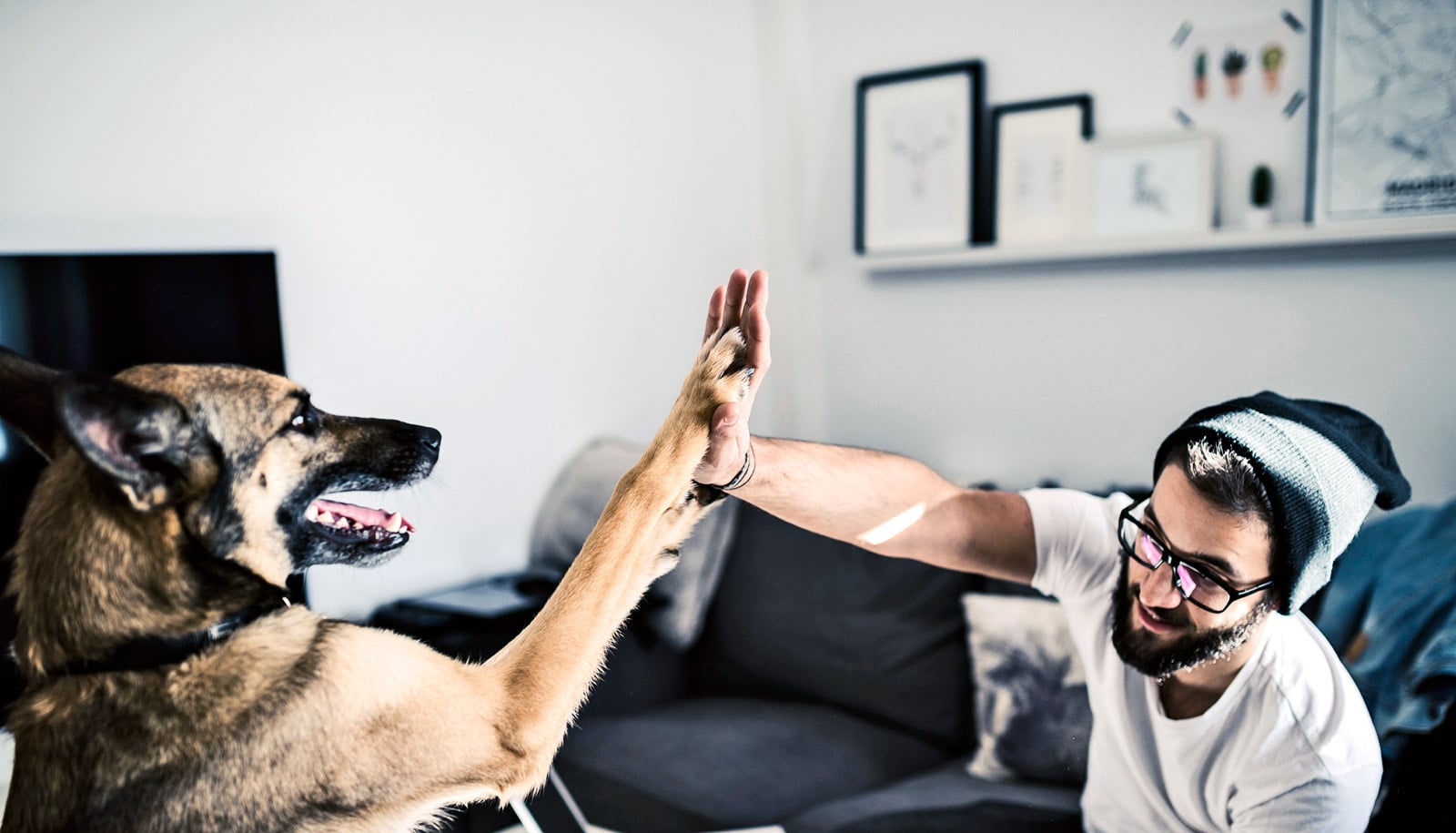DNA tests show that over two-thirds of the breed labels on dogs in shelters or on pet rescue websites are wrong.
Julie Levy, a professor of shelter medicine at the University of Florida College of Veterinary Medicine, who ran those tests, offers some very good reasons to look beyond breed labels when adopting a dog:
1. Breed labels are probably wrong
Levy and her colleagues asked almost 6,000 experts—vets, shelter staff, breeders, trainers, and more—to name shelter dogs’ breeds, and they didn’t exactly agree. Their guesses added up to an average of 53 different breeds for each dog! Only 15 percent of the dogs’ breeds were correctly identified more than 70 percent of the time, so take that label with a grain of salt.
2. Breeds won’t tell you much about the dog
“All dogs are individuals,” Levy says. But wait—don’t I need to know how big this dog will get, or how much exercise it needs? Yes, but you can’t always get that from a breed label, even an accurate one. Just like human families, “siblings have very different personalities even though they have the exact same parents,” she says. With mixed breeds, “it’s not like mixing paint where you have a predictable outcome. Each parent carries a lot of genes—many of them invisible—that can have an influence on behavior and experience.”
3. Bad information can hurt
Basing an adoption decision on a breed label can cause problems for dogs and people, Levy says. Levy found that shelter dogs with no pit bull-type breeds in their DNA were labeled as pit bulls up to 48 percent of the time. With some housing complexes, insurance policies, and even cities banning pit bulls, the incorrect label could be a death sentence.
Levy also points out that even decades after being enacted, pit bull bans have not been effective in reducing dog bites or the severity of dog bite injuries.
Labels can also lead adopters to pass up on a dog that’s a better match for their lifestyle in favor of one whose breed label appeals to them.
“Where people and shelters overreach is trying to assume what a dog is going to behave like and what its personality will be like based on what it looks like,” she says.
So how do I choose a dog?
You’ll want to gauge how the dog will fit into your lifestyle by talking to the staff about its grooming needs, size, energy level, and personality. “Ask about the things that are important to you. Is it good with kids but not cats? Does it love to chase a ball?” A dog that has been fostered will likely have more information available, Levy says.
Some shelters and rescue groups allow potential adopters to borrow a dog for a weekend, a day or an outing to get to know it better, which can give more insight on how a pet will fit into an adopter’s family. “A dog will act differently in a home than in shelter,” Levy says.
Another pro tip: Try to limit your preconceptions. “People go to a shelter with specific vision in mind, but their perfect pet might be considerably different than that. Be open to surprises.”
Source: University of Florida



